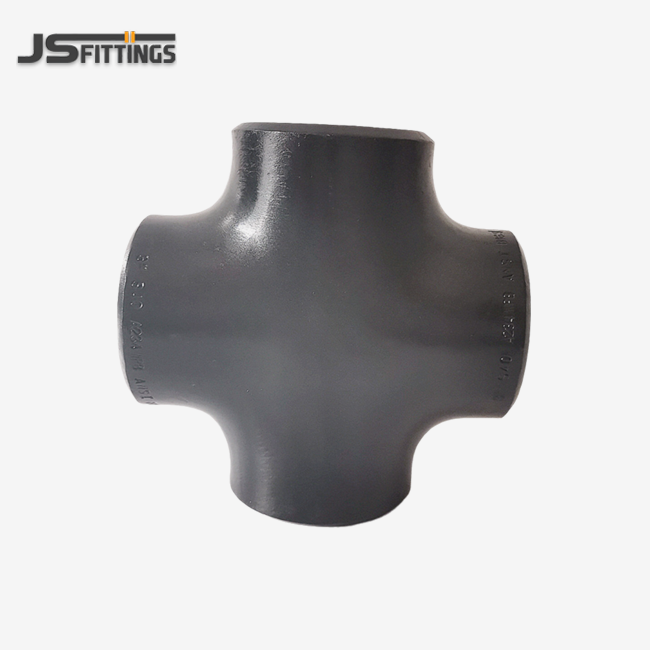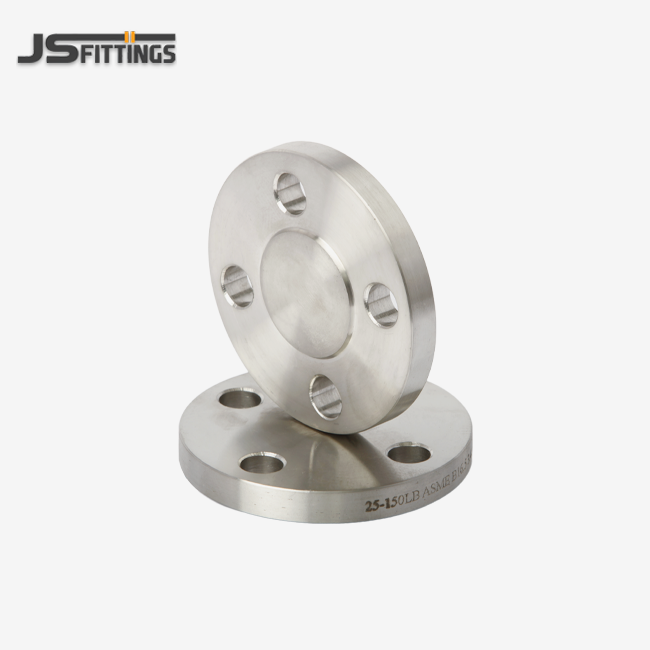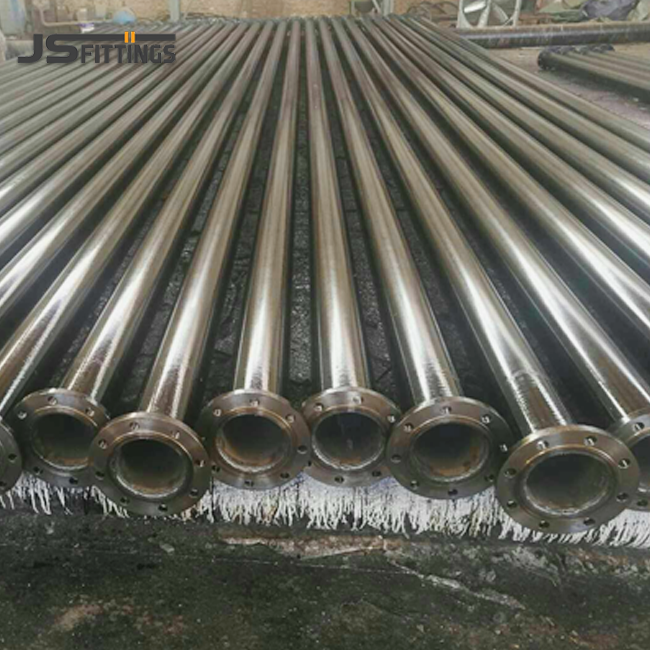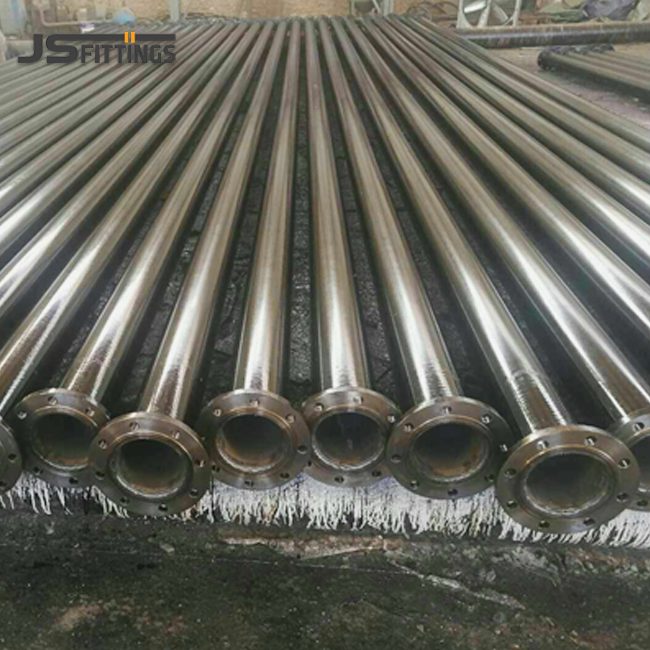Pressure Ratings Decoded: What You Need
Understanding pressure ratings is fundamental when selecting seamless butt weld steel pipe fittings for high-pressure applications. These ratings indicate the maximum allowable working pressure (MAWP) that a fitting can safely withstand under normal operating conditions.
ASME Standards and Pressure Classes
The American Society of Mechanical Engineers (ASME) has established standardized pressure classes for pipe fittings. These classes, such as 150#, 300#, 600#, 900#, 1500#, and 2500#, correspond to specific pressure ratings at different temperatures. For instance, a Class 600 fitting might have a MAWP of 1,440 psi at room temperature, but this rating decreases as the temperature increases.
Temperature Considerations
It's crucial to consider both the pressure and temperature requirements of your application. As temperatures rise, the strength of materials typically decreases, leading to lower pressure ratings. Always consult pressure-temperature charts provided by manufacturers to ensure your chosen fittings can handle the expected conditions.
Safety Factors
When selecting fittings, it's prudent to include a safety factor in your calculations. This means choosing fittings with a pressure rating higher than your system's maximum operating pressure to account for potential pressure spikes or unexpected conditions.
Top 5 Factors in High-Pressure Fitting Selection
Choosing the right seamless butt weld fittings for high-pressure applications involves considering several critical factors. Here are the top five elements to keep in mind:
Material Composition
The material of your fittings plays a crucial role in their performance and longevity. Common materials for seamless butt weld steel pipe fittings include:
- Carbon Steel: Suitable for many general applications
- Stainless Steel: Offers excellent corrosion resistance
- Alloy Steel: Provides enhanced strength and heat resistance
Consider the specific requirements of your application, including chemical compatibility, temperature resistance, and mechanical properties when selecting the material.
Wall Thickness
Wall thickness is a critical factor in a fitting's ability to withstand high pressures. Thicker walls generally provide greater pressure resistance but may increase weight and cost. Ensure that the wall thickness of your chosen fittings aligns with your pipe specifications and pressure requirements.
Manufacturing Process
The manufacturing process significantly impacts the quality and performance of seamless butt weld fittings. Look for fittings produced using advanced techniques such as hot forging or cold forming, which can enhance strength and uniformity.
Surface Finish
A smooth surface finish can improve flow characteristics and reduce the risk of corrosion or material buildup. Consider fittings with appropriate surface treatments or coatings for your specific application.
Dimensional Accuracy
Precise dimensions are essential for ensuring proper fit and alignment during installation. Choose fittings that adhere to recognized standards such as ASME B16.9 or EN 10253 to ensure compatibility with your piping system.
Safety First: Certification Requirements Explored
Ensuring the safety and compliance of high-pressure piping systems is paramount. Certification requirements play a crucial role in verifying that seamless butt weld fittings meet stringent quality and performance standards.
Key Certifications for High-Pressure Fittings
Several important certifications and standards apply to seamless butt weld steel pipe fittings for high-pressure applications:
- ASME B16.9: Specifies dimensions and tolerances for butt-welding fittings
- ISO 9001: Ensures consistent quality management systems
- PED 2014/68/EU: Mandatory for pressure equipment sold in the European Union
- NACE MR0175/ISO 15156: Applicable for sour service environments in oil and gas applications
Material Traceability and Documentation
Proper documentation is essential for ensuring the traceability and quality of high-pressure fittings. Key documents to look for include:
- Material Test Reports (MTRs)
- Certificates of Conformity
- Inspection and Test Plans (ITPs)
These documents provide crucial information about the material composition, mechanical properties, and manufacturing processes of the fittings.
Third-Party Inspection and Verification
For critical applications, consider engaging third-party inspection services to verify the quality and compliance of your fittings. This can involve witnessing key manufacturing processes, reviewing documentation, and conducting additional testing as needed.
Conclusion
Selecting the right seamless butt weld steel pipe fittings for high-pressure applications requires careful consideration of pressure ratings, material properties, manufacturing processes, and certification requirements. By thoroughly evaluating these factors, you can ensure that your chosen fittings will meet the demanding needs of your industrial project, providing reliable and safe performance over the long term.
For over 40 years, Hebei Jinsheng Pipe Fitting Manufacturing Co., Ltd (JS FITTINGS) has been a trusted name in high-quality steel butt-weld pipe fittings, flanges, and pipes. With our advanced production lines and comprehensive certifications including ISO 9001, CE, and GOST-R, we're uniquely positioned to meet the needs of EPC contractors, distributors, engineering firms, and industrial end-users across the Middle East, South America, Europe, and Asia. Our commitment to continuous process improvement ensures that we deliver competitively priced, high-performance fittings that meet the most demanding industrial applications. Whether you're working on a critical infrastructure project or need reliable fittings for your factory, JS FITTINGS has the expertise and products to support your success. Don't compromise on quality or safety – choose JS FITTINGS for your high-pressure seamless butt weld fitting needs.
FAQ
1. What are the main advantages of seamless butt weld fittings over welded fittings?
Seamless butt weld fittings offer superior strength and reliability, especially in high-pressure and high-temperature applications, due to their lack of weld seams. This construction eliminates potential weak points and reduces the risk of failure under extreme conditions.
2. How do I determine the correct pressure rating for my application?
To determine the correct pressure rating, consider your system's maximum operating pressure, temperature requirements, and any potential pressure spikes. Consult pressure-temperature charts and include a safety factor in your calculations. It's always better to choose a fitting with a higher pressure rating than strictly necessary.
3. What materials are best suited for corrosive environments?
For corrosive environments, stainless steel grades such as 316/316L or special alloys like Duplex or Super Duplex stainless steels are often preferred. The specific choice depends on the type of corrosive media and operating conditions. Consult with a materials expert or fitting manufacturer for guidance on your specific application.
4. How important is proper installation for high-pressure fittings?
Proper installation is critical for the performance and safety of high-pressure fittings. This includes ensuring correct alignment, using appropriate welding procedures, and following manufacturer guidelines. Improper installation can lead to leaks, premature failure, or catastrophic system breakdowns. Always use qualified personnel and adhere to industry standards when installing high-pressure fittings.
High-Quality Seamless Butt Weld Steel Pipe Fittings for Your Industrial Needs | JS FITTINGS
Looking for reliable, high-performance seamless butt weld steel pipe fittings for your next project? JS FITTINGS is your trusted partner in delivering top-quality fittings that meet the most stringent industry standards. Our comprehensive range of products, manufactured in state-of-the-art facilities, ensures that you'll find the perfect solution for your high-pressure applications. With our extensive certifications and commitment to customer satisfaction, you can be confident in the quality and reliability of every fitting we produce. Don't settle for less when it comes to critical components of your piping system. Contact JS FITTINGS today at admin@chinajsgj.com to discuss your specific requirements and discover how we can support your project's success with our superior seamless butt weld fittings.
References
1. ASME B16.9-2018: Factory-Made Wrought Buttwelding Fittings. American Society of Mechanical Engineers.
2. Nayyar, M. L. (2000). Piping Handbook (7th ed.). McGraw-Hill Education.
3. Smith, P., & Van Laan, R. (1987). Piping and Pipe Support Systems: Design and Engineering. McGraw-Hill.
4. American Petroleum Institute. (2018). API Specification 5L: Specification for Line Pipe (46th ed.).
5. International Organization for Standardization. (2019). ISO 9001:2015 Quality management systems — Requirements.
6. European Committee for Standardization. (2014). EN 10253-2:2007 Butt-welding pipe fittings - Part 2: Non alloy and ferritic alloy steels with specific inspection requirements.




